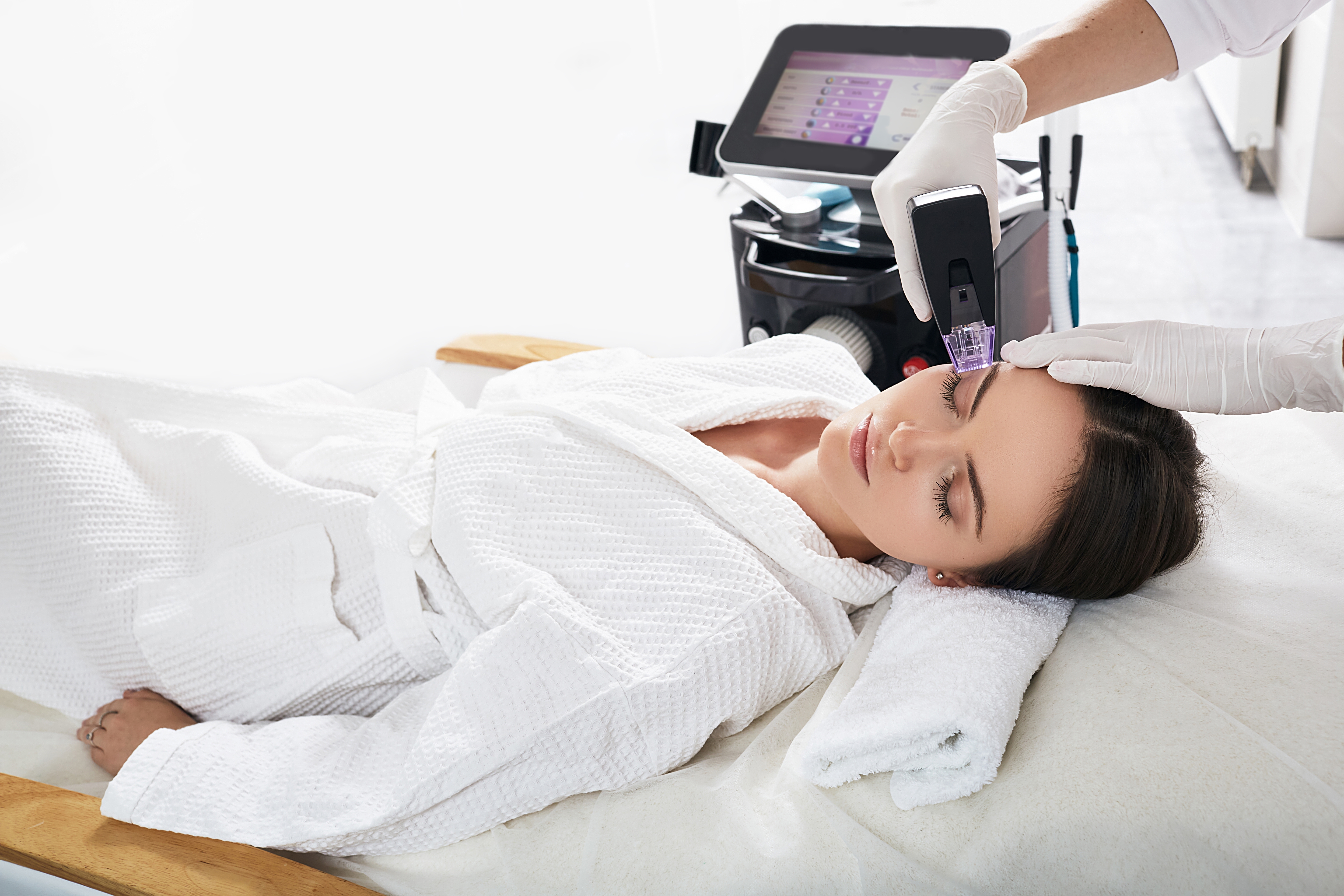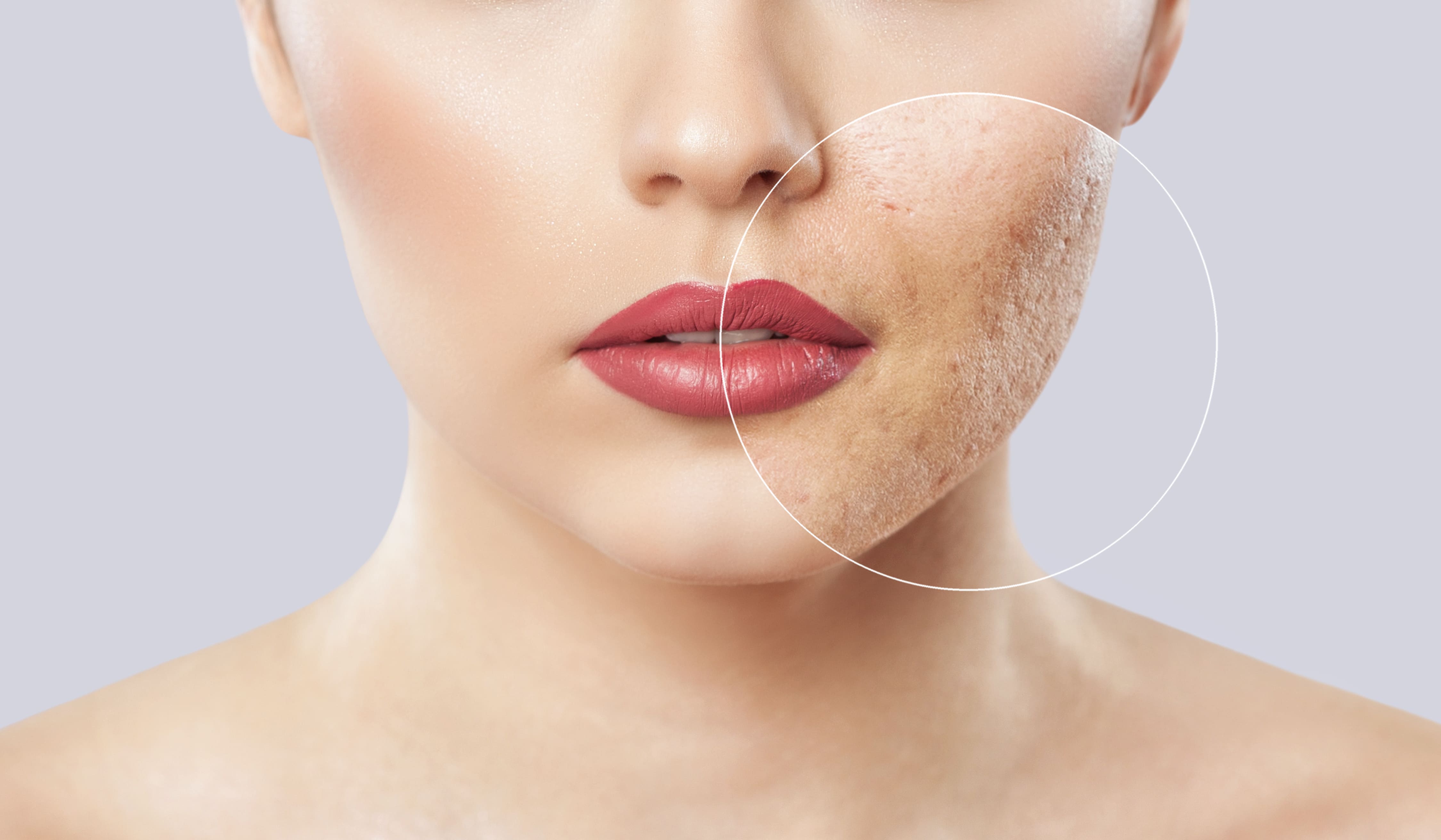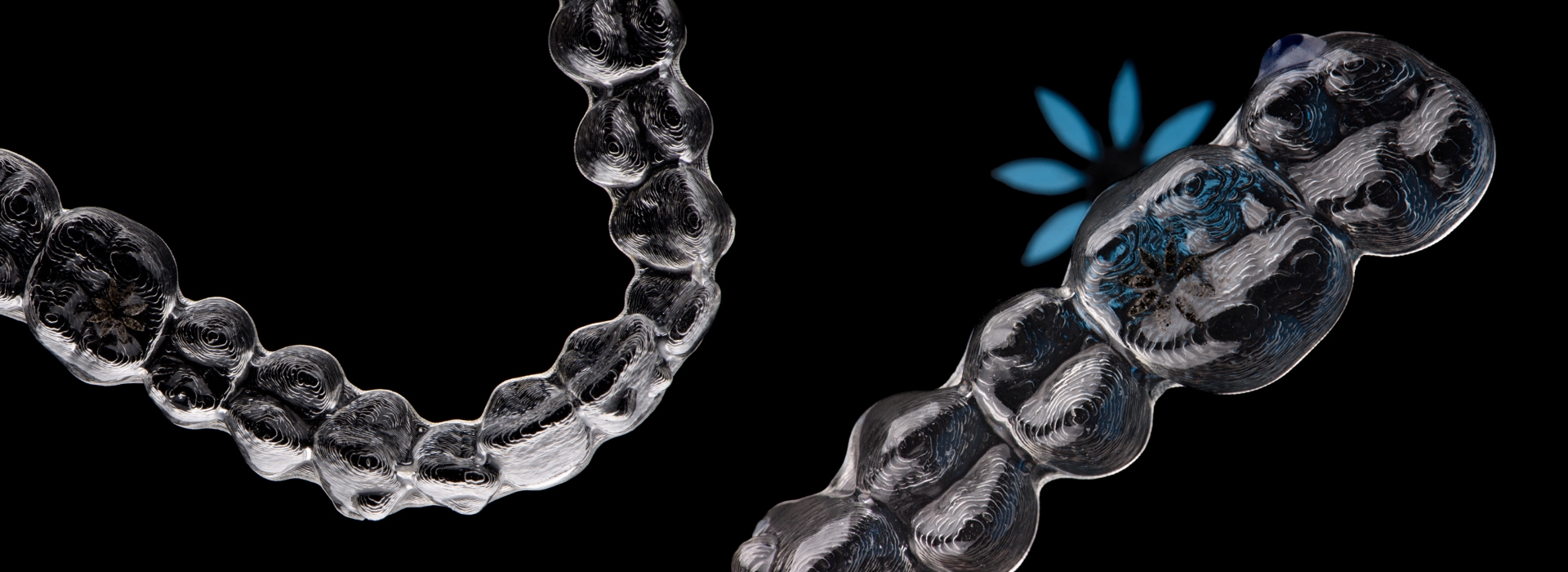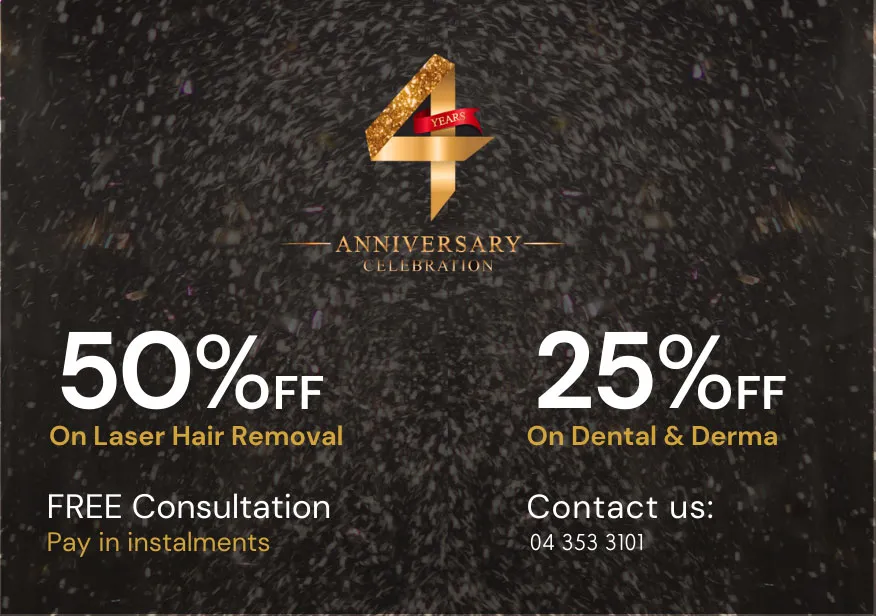Did you know there are different types of braces? We are normally familiar with the traditional metal braces which are mostly used by patients, but nowadays, there are several types of braces which are similar to traditional braces you can choose from depending on your orthodontic treatment and budget.
These types include: metal braces, ceramic braces, invisalign braces, and lingual braces. Each type has its own pros and cons.
In this article, we will review the pros and cons of each type and help you get a better picture when deciding which one is right for you.
What Are Braces?
Braces are dental care products that are highly effective for teeth straightening treatments. They are used to align the teeth in a straight and appealing style and also to fix many orthodontic problems associated with dental alignment in the oral cavity. Braces are used to treat oral conditions and also a cosmetic solution.
The orthodontist moves the braces regularly every month to their appropriate position by placing a consistent but mild force in a carefully controlled motion in order to move teeth to the right position.
Metal Braces

Metal braces are made from stainless steel brackets affixed to the teeth using orthodontic cement and are connected by wires. The brackets allow the positioning of teeth to be altered as required.
In some cases, plastic bands are added which are used to keep the brackets in place, and to adjust bite and jaw position, they can be silver or colorful. Traditional braces need regular brushing and flossing after each meal to avoid tooth decay, or gum diseases.
Recently, Heat activated wires were created. They utilise body heat in the mouth to allow the teeth to move them more quickly and with less discomfort than before.
Pros:
- Metal braces are known for their expensive prices, but traditional metal braces are the most affordable out of all the types of braces.
- Metal braces are known to be the strongest hence, shorter treatment period.
Cons:
- When smiling, metal brackets are pretty obvious and can cause self-confidence issues. However, the plastic bands on traditional braces come in various colors that many patients enjoy choosing specially kids.
- Patients mostly feel discomfortable when wearing traditional braces, due to the possibility of brackets breaking or the wires becoming too long, which can poke the patient’s gums or cheek tissue.
Ceramic Braces

Ceramic braces are very similar to the traditional metal braces, and equally effective. The only difference is that they blend in well with the teeth since they are made out of clear ceramic material. And the wires can be colored to make it look more invisible.
Pros:
- Ceramic braces are much less visible than traditional braces.
- They are as effective and as fast as the traditional metal braces.
Cons:
- Ceramic braces can be easily stained due to their clear material, and require a higher level of oral hygiene.
- Ceramic braces are larger than traditional braces and more fragile.
- Patients mostly feel discomfortable when wearing ceramic braces, due to the possibility of brackets breaking or the wires becoming too long, which can poke the patient’s gums or cheek tissue.
Invisalign Braces

This type of braces doesn’t look like traditional braces at all. It is the most recent and innovative addition to the braces world. Invisalign uses a series of custom plastic retainers or aligners to guide misaligned teeth into the proper position.
They are easy to remove and replace with the next one in the series every two weeks throughout the treatment period. Patients usually require 18-50 different aligners to achieve the desired smile.
Patients have to wear the aligners as often as they can to see the best results, and they have to take them out when they eat and drink dark liquids to prevent staining.
Pros:
- Invisalign is very much invisible.
- This type of braces is totally free of brackets and wires, and only uses plastic aligners that won’t poke or scratch your gums.
Cons:
- Invisalign aligners can become easily stained or damaged, if they weren’t cared for properly by the patient.
- It is more expensive than traditional braces.
- It is not as effective as traditional braces in more complex cases. Consult your orthodontist to see if Invisalign is right for you.
Lingual Braces

Lingual braces are similar to traditional metal braces but are invisible since they are attached to the back of your teeth. It is suitable for people who worry about the appearance of traditional braces. But are not as effective as the traditional ones.
Pros:
- Lingual braces are invisible when smiling.
- Treatment periods can be fast if it’s the right type for your case.
Cons:
- They are less effective than traditional braces, consult your orthodontist to see if it’s right for you.
- Uncomfortable for the patient as they come into direct contact with the tongue.
- They are also not easy to clean and maintain.
What Braces Are Right For Me?
If you are looking to align your teeth, get the smile of your dreams and avoid any future complications, but are not sure which type of braces are right for you, then you should book a free consultation with one of our highly skilled orthodontists in Queens medical center to help you choose the right treatment option.




